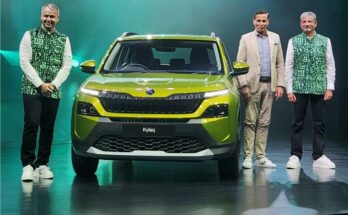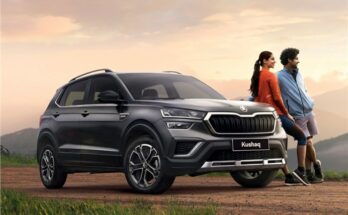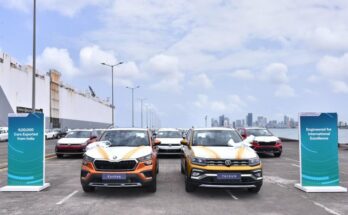Road crossing is a risky endeavor. As many countries have crossings without stoplights and drivers don’t always pay attention to stoplights, pedestrians often have no idea whether the cars approaching them will stop or not. Skoda is solving that issue with a combination of smart grilles and AI crossing guards in collaboration with a team of robotic experts.
Skoda’s involvement in the project is concentrated on a digital grille that can show messages to onlookers outside the vehicle. The technology works flawlessly on an EV like Skoda’s Enyaq, however, it would have been challenging to deploy on a combustion-powered vehicle that requires a conventional open grille for cooling the radiator.
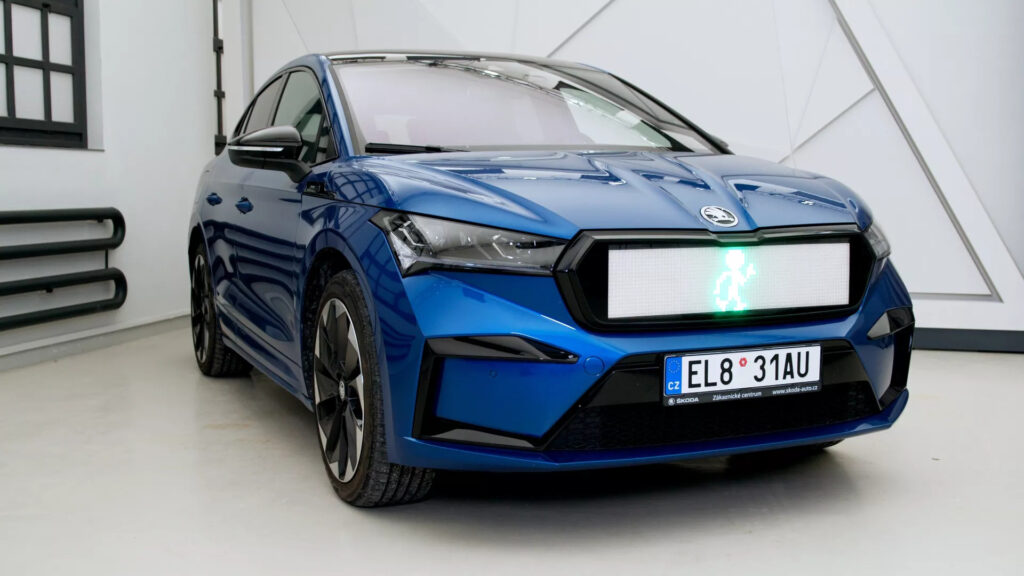
Instead of a conventional grille, the prototype Skoda Enyaq’s “Crystal Face” lit grille with integrated LED strips can display pictograms or animations, such as green arrows and a widely recognized green stick figure, to let pedestrians know that the car has stopped and that it is safe to cross. In order to prevent any late-arriving pedestrians from attempting to cross the street, the car can additionally send out warning signals before it leaves, such as a caution triangle.
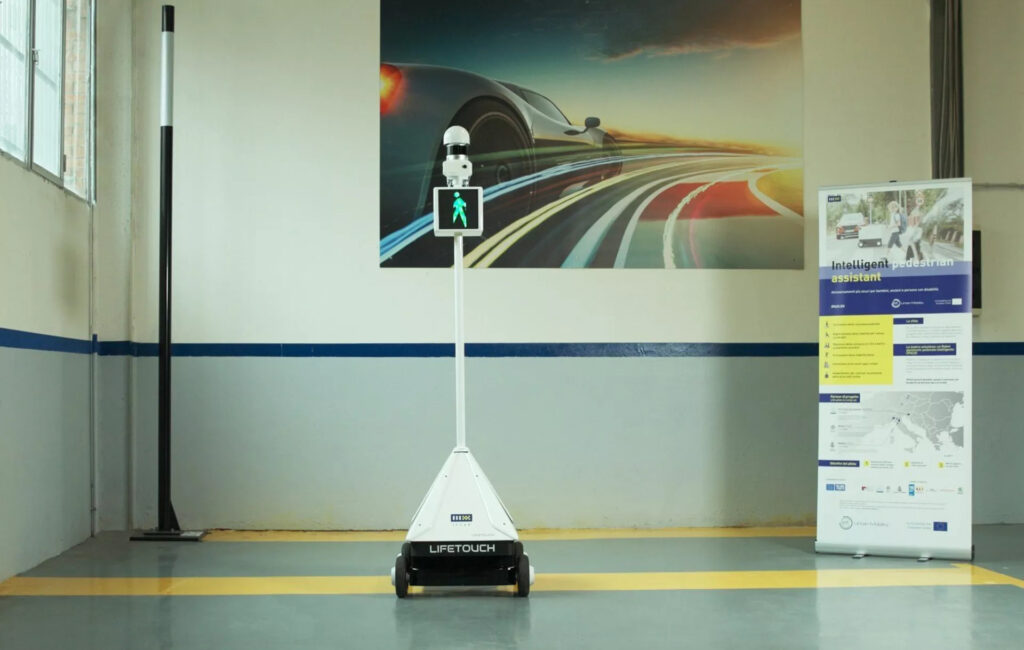
The other part of the project is an autonomous crossing guard that resembles a 7-foot movable stoplight and can keep an eye on the traffic and nearby vehicles. The bot, which was created by specialists from the Institute of Informatics, Robotics, and Cybernetics at the Technical University of Munich and the Czech Technical University in Prague, is tall enough to see over parked cars and scurries out into the middle of the road to signal to pedestrians that it is safe to cross.
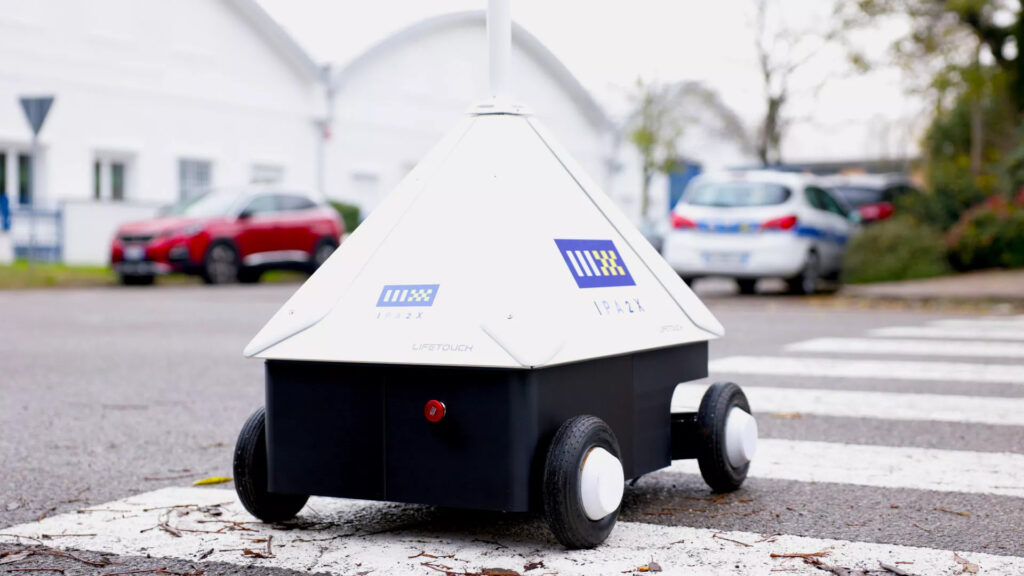
The robot can send electronic signals directly to oncoming cars through 5G to warn them to slow down, and pedestrians and drivers can both see symbols on its four-sided digital display that indicate who has the right of way. The robot returns to the side of the road after all of the waiting pedestrians have safely crossed.
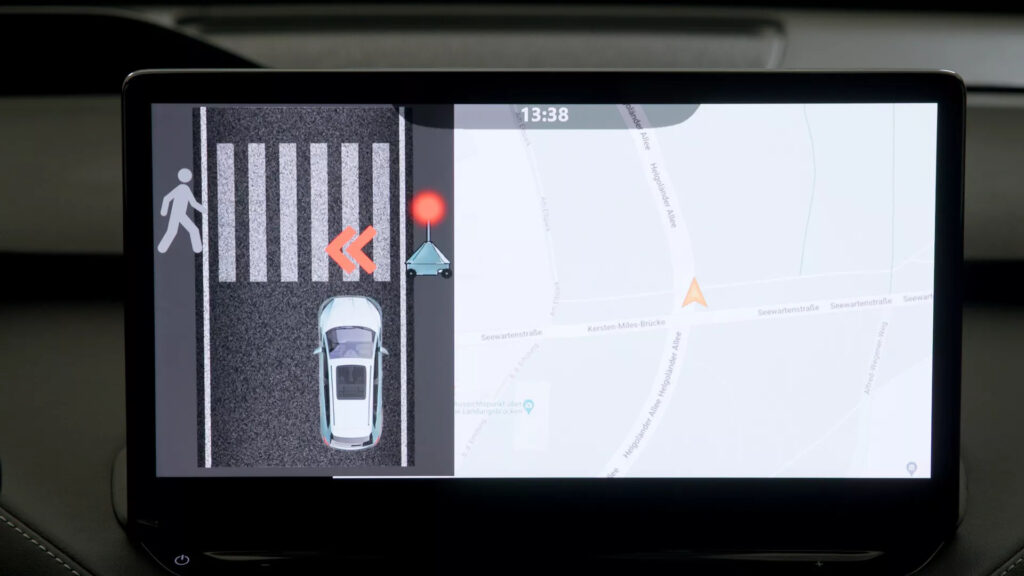
The robot has so far been tested in Milan, Modena, and Ljubljana in Italy and Ljubljana in Slovenia, but according to the team, testing will end in 2024, and manufacturing models may become available by 2025. Although Skoda hasn’t given a release date for its trick grille, one can assume that before the end of the decade, practically all EVs in developed markets will have them as standard equipment. In addition to Skoda, other automakers, such as BMW and Hyundai, are also developing digital grilles.
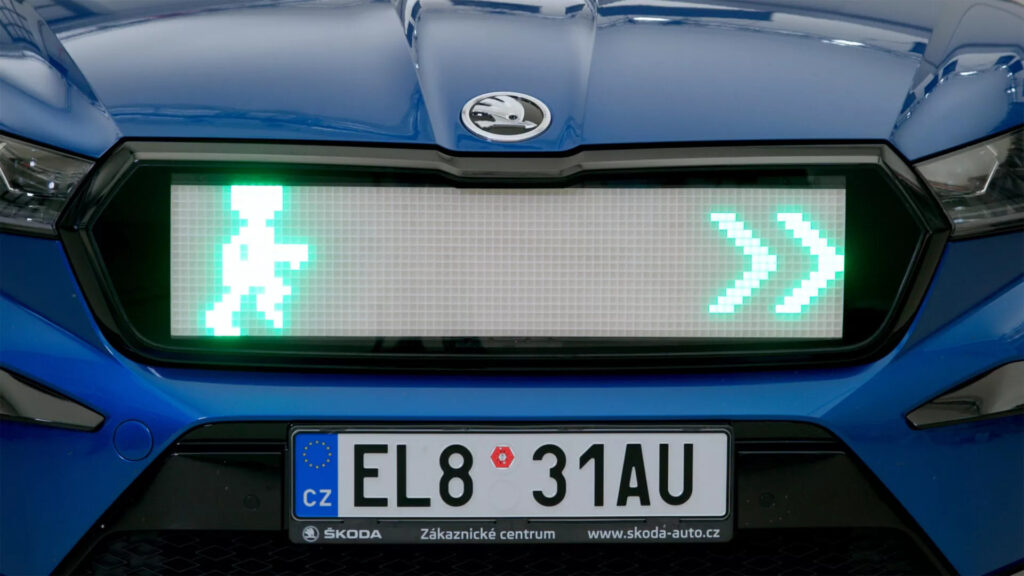

Responsible for delivering local & international automotive news.

